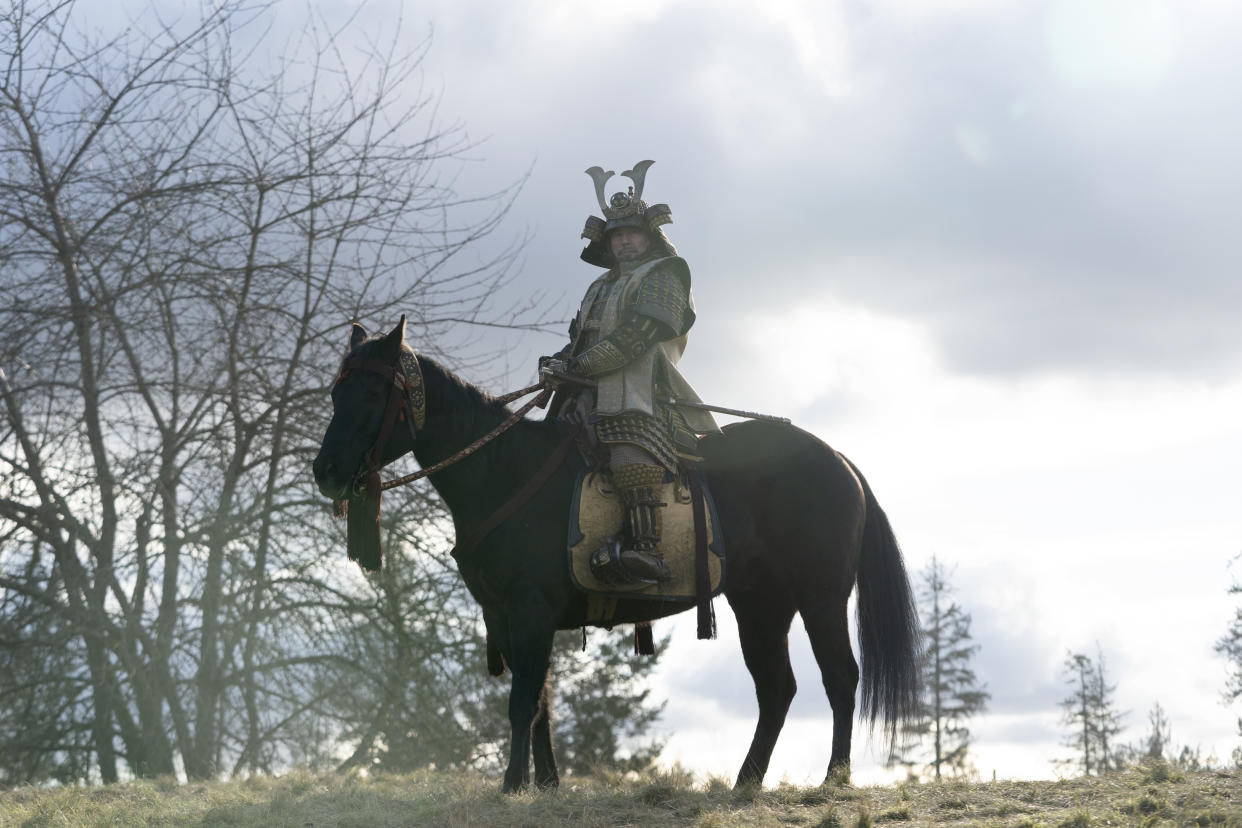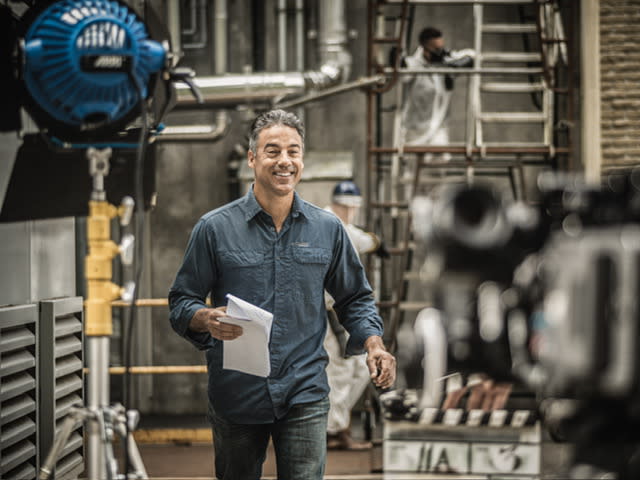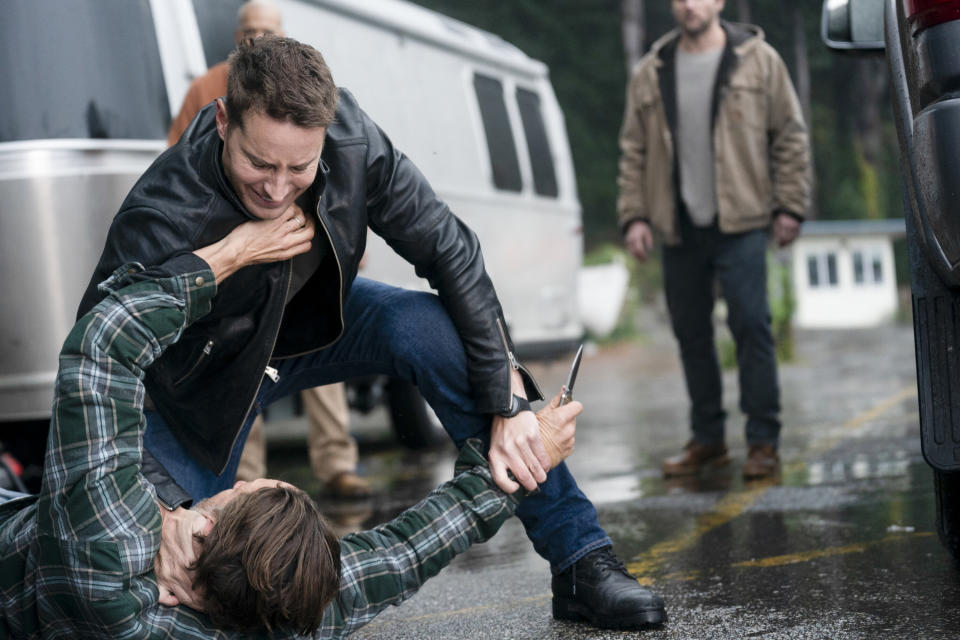‘Shōgun’ and ‘Tracker’ Share One Surprising Connection

In 2003, martial arts enthusiast Lauro Chartrand-DelValle took a job as fight coordinator on Edward Zwick‘s historical action film “The Last Samurai” and assumed it would be a once-in-a-lifetime opportunity. “I thought I was extremely fortunate to get a chance to do a samurai epic once in my career,” Chartrand-DelValle told IndieWire. He was thrilled, therefore, when Hiroyuki Sanada, one of the actors from “The Last Samurai,” revealed that he was working on FX’s new adaptation of James Clavell’s “Shōgun” and wanted to collaborate with Chartrand-DelValle again. “It was a dream job,” the stunt coordinator said.
Like “The Last Samurai,” “Shōgun” is a period epic filled with elaborately choreographed action and massive challenges for a stunt team, but Chartrand-DelValle felt well prepared given the series’ generous pre-production schedule. “Right out of the gate the first huge task was to train everybody as best we could prior to going in front of the camera,” he said. “We had a six-week boot camp in Vancouver where everyone was trained in Japanese archery, Katana sword fighting, Yari with the spear, and basic military movement. We wanted all the actors, extras, and stunt people to have all those skills. On the side, there was additional training in how to walk, how to sit, how to bow, how to move, how to behave in every aspect and manner of Japanese society at that time.”
More from IndieWire

This was all in keeping with Chartrand-DelValle’s overall approach to stunts, which is to keep them as real as possible. Although, as a fan, he enjoys all kinds of movies and TV shows, as a stunt coordinator, his philosophy is that the more authentic the action, the more affecting it will be for the viewer. “Even going back to ‘The Last Samurai,’ when I found out that there was a ninja sequence, I was like, OK, we’re not doing backflips or handsprings or any of that Hollywood stuff,” Chartrand-DelValle said. “It’s going to be based in reality. And it was exactly the same, even more so with ‘Shōgun,’ where everything had to be rooted in history.”
One way that Chartrand-DelValle tried to maintain reality was by keeping the moves to a minimum — instead of long, drawn-out action sequences, the violent exchanges between characters are quick, brutal, and deadly. “We didn’t do it in 15 moves,” Chartrand-DelValle said. “It had to be three or four max, and then somebody’s dead, and that’s if they even get that lucky — [historically], often in these kinds of fights, they were over with the first move. If you got cut by one of those swords, it cut to the bone, and you were going to bleed to death shortly. Basing it in that reality helped the drama because there wasn’t any action just for the sake of action.”

Chartrand-DelValle applies the same principles to his work on CBS’ “Tracker,” a show that initially seems completely different from “Shōgun”; it’s not an expansive period epic with a cast of thousands but a contemporary action series focused primarily on the title character played by Justin Hartley. Yet the show’s visceral immediacy lies in the same kind of grounded approach to action, as Chartrand-DelValle designs stunts that seem plausible for Hartley’s character, a man who does not find fighting fun and just wants to get in and out of bad situations as quickly as possible. “He’s hard-hitting and fast,” Chartrand-DelValle said. “He gets in, and he gets out. The only time we have longer fight scenes is when his opponent is extremely hard to overcome and he’s stuck in a position where he can’t get away — it’s always got to make sense in the story or it’s gratuitous.”
Chartrand-DelValle feels that keeping the action more grounded has an added benefit in that it keeps the audience from getting bored by repetitive fighting. “I always want my fight scenes to leave people wanting more,” he said. In addition to his work as stunt coordinator, Chartrand-DelValle also writes, produces, and directs and is currently readying his latest directing effort, “Protectors of the Land,” for release. For Chartrand-DelValle, directing is a natural extension of his work as a stunt coordinator and second unit director. “When I’m on set, I look at every department and observe what their job is, how they coordinate, how it all melds together. You learn every step of the way, and it’s all practical, not theory. You learn how to think on your feet quickly and what’s going to make the shot work. So I think when you come up through the ranks as a stunt person, if you’re a sponge and you really love the process, there’s no better film school.”
Best of IndieWire
The 13 Best Thrillers Streaming on Netflix in May, from 'Fair Play' to 'Emily the Criminal'
The Best Father and Son Films: 'The Tree of Life,' 'The Lion King,' and More
The 10 Best Teen Rebellion Films: 'Pump Up the Volume,' 'Heathers,' and More
Sign up for Indiewire's Newsletter. For the latest news, follow us on Facebook, Twitter, and Instagram.

